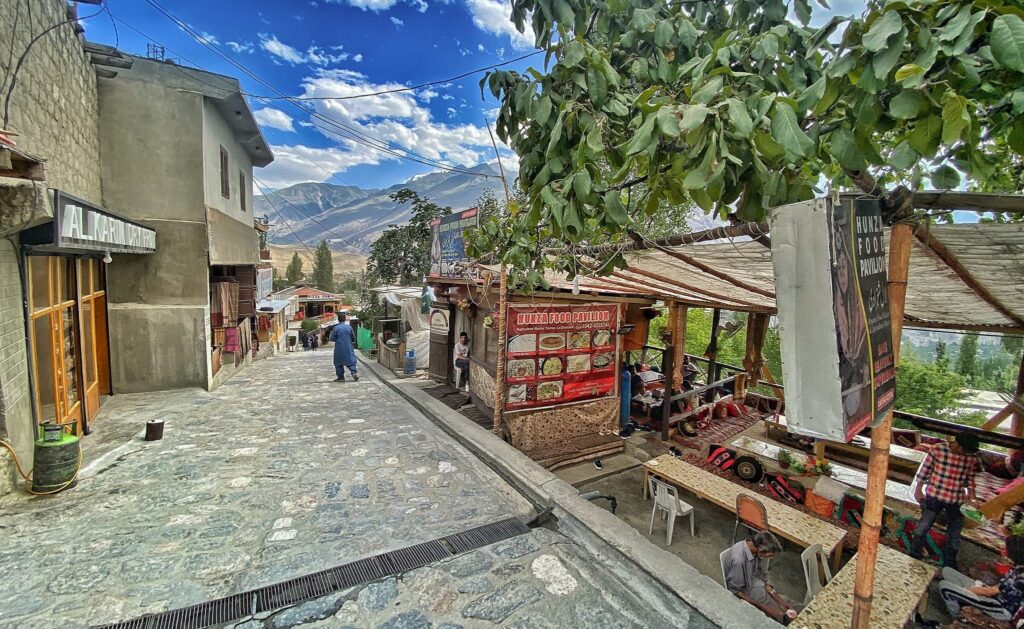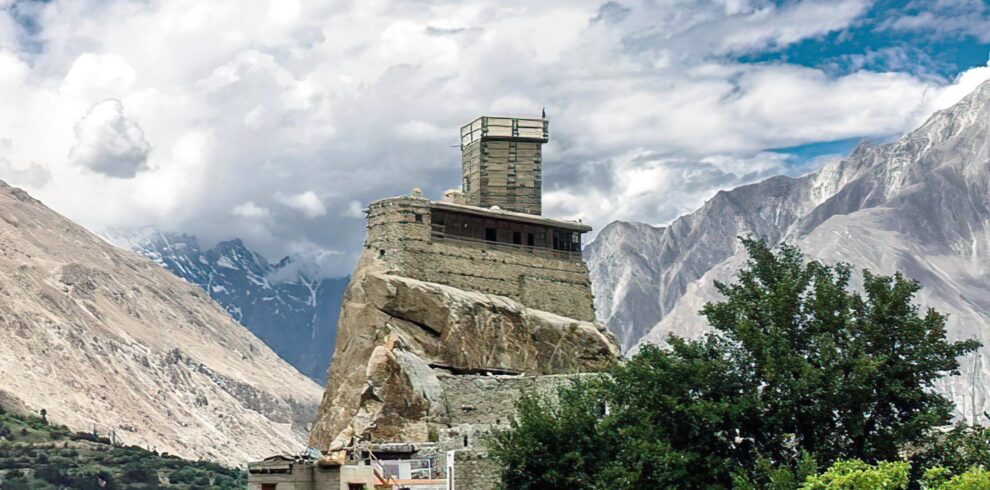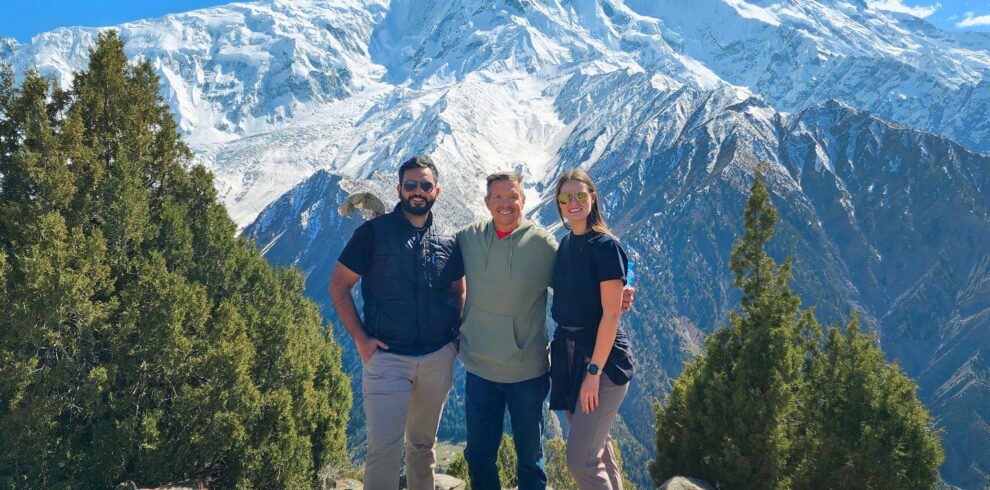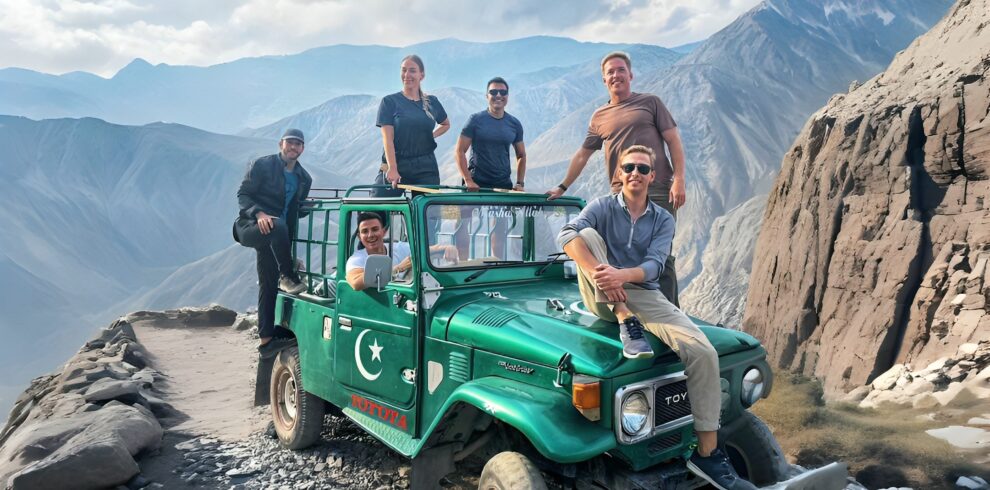Quick Facts & Key Metrics about Hunza Valley
- Administrative status: Hunza District, Gilgit‑Baltistan, Pakistan
- Population (2017 census): ≈ 56,000 residents
- Literacy rate: ~ 94 % (highest district‑wide rate in Pakistan)
- Primary languages: Burushaski (Central), Wakhi (Upper/Gojal), Shina (Lower); Urdu & English widely understood in tourism
- Elevation range: 2,000 m (riverbed) to 4,900 m (Khunjerab Pass)
- Nearest airport: Gilgit (GIL) – 100 km / ~2 h from Karimabad
- Distance from Islamabad Intl. Airport: 590 km by road – 11–13 h via Karakoram Highway & Hazara Expressway
- Best weather window: mid‑April – late October (blossom to autumn foliage)
- Key economic drivers: self‑sustaining agriculture, tourism, cross‑border trade, handicrafts
Historical Background
For centuries Hunza sat astride the ancient Silk Route connecting China, Central Asia and the subcontinent. The valley was ruled by the Mirs of Hunza—semi‑independent princes who paid tribute in turn to Chinese, Dogra and British powers. Baltit and Altit Forts, restored by the Aga Khan Trust, still guard the valley, while Buddhist petroglyphs near the river hint at an even older, pre‑Islamic past.
Geography & Sub‑Valleys
Lower Hunza (Nasirabad – Ghulmet)
• Rakaposhi View Point shows a 5,900 m wall of ice rising straight from the river.
• Hoper Valley offers a gateway to the Hispar–Biafo ice‑cap traverse.
Central Hunza (Karimabad & Altit)
• Karimabad Bazar, 900‑year‑old forts and the famed sunset terrace at Eagle’s Nest.
• Ganish Village preserves a millennium‑old khanqa and wooden watchtowers.
Upper Hunza / Gojal (Gulmit – Khunjerab)
• Attabad Lake’s turquoise waters and the dramatic Passu Cones headline the scenery.
• Khunjerab National Park protects snow leopards and Marco‑Polo sheep at 4,693 m.
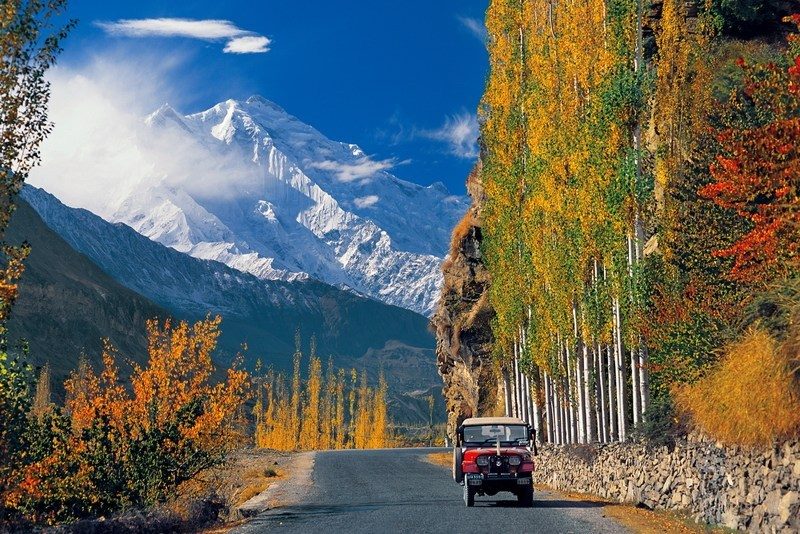
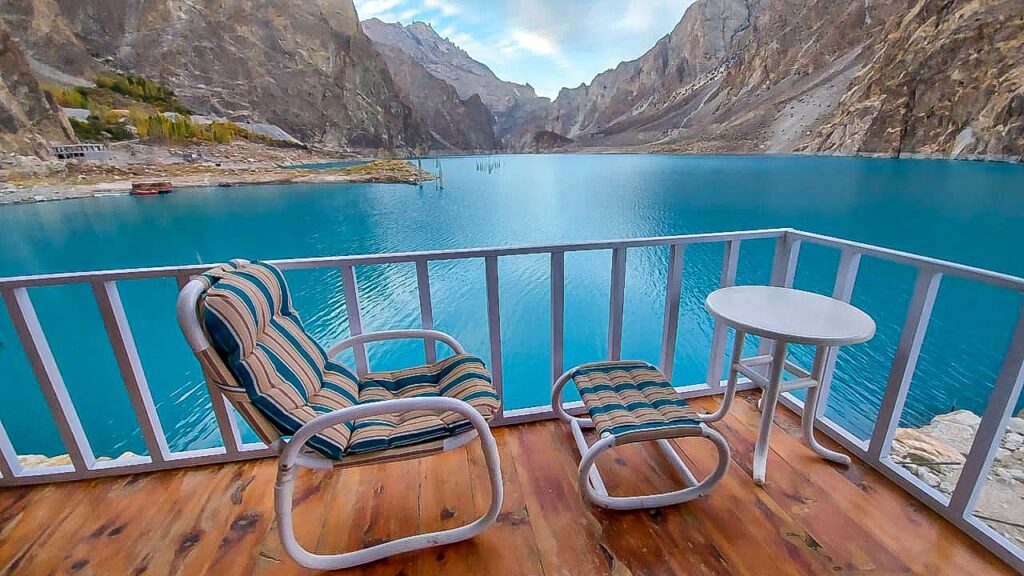
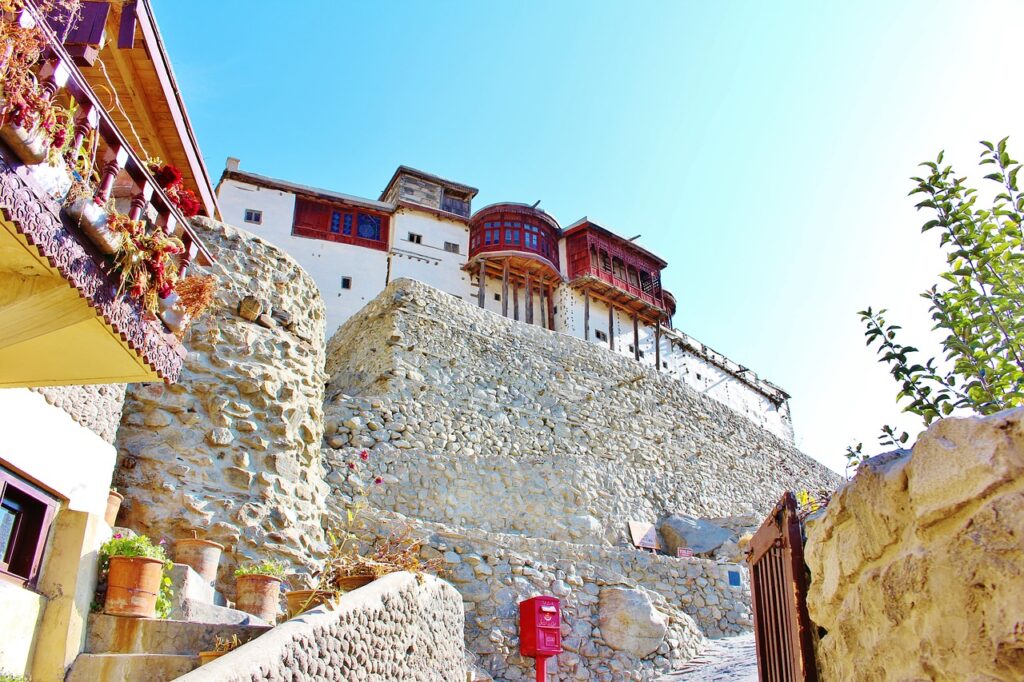
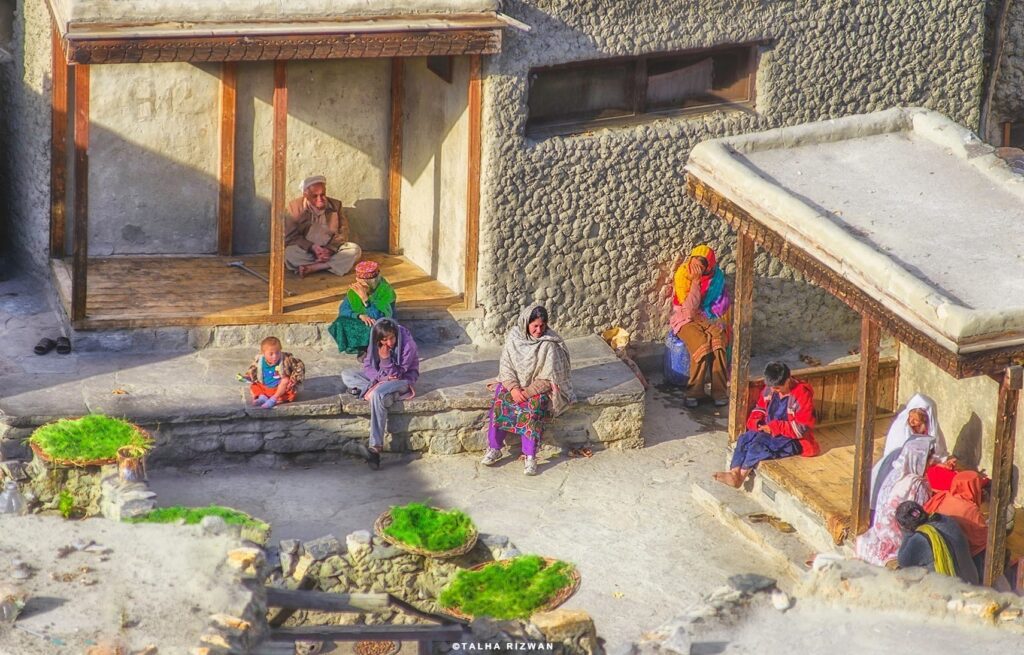
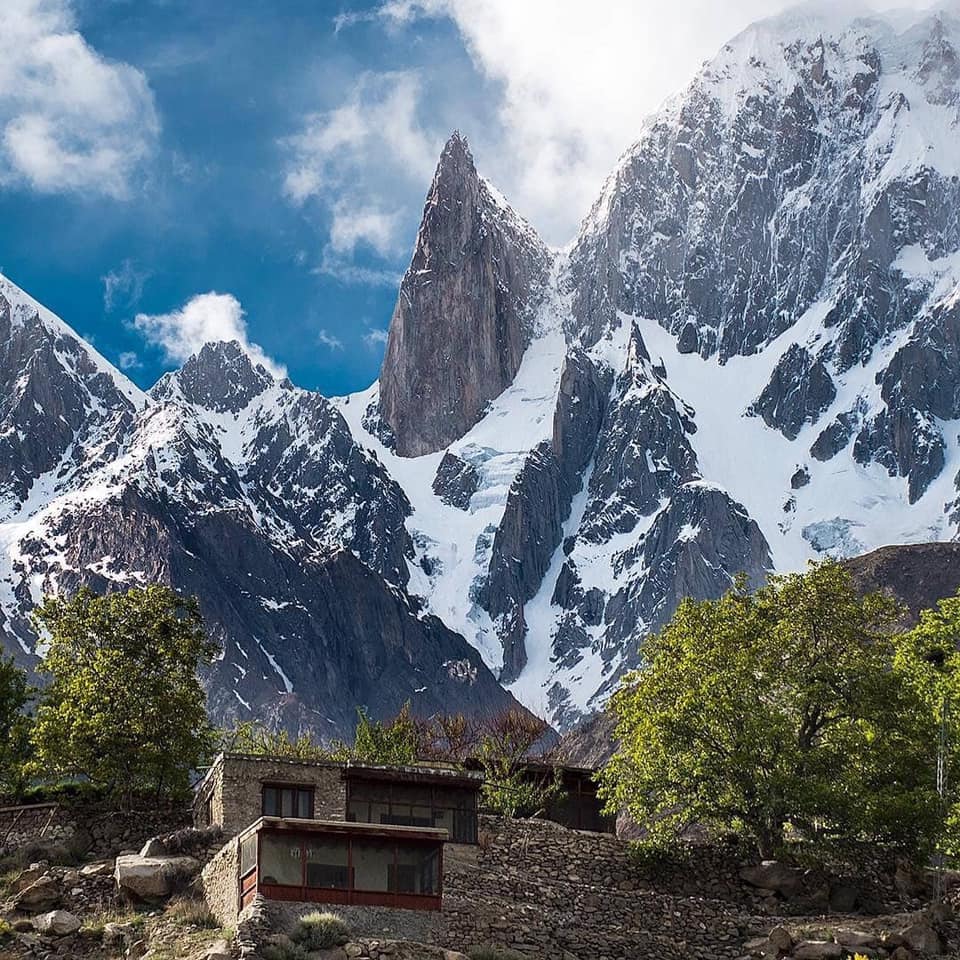
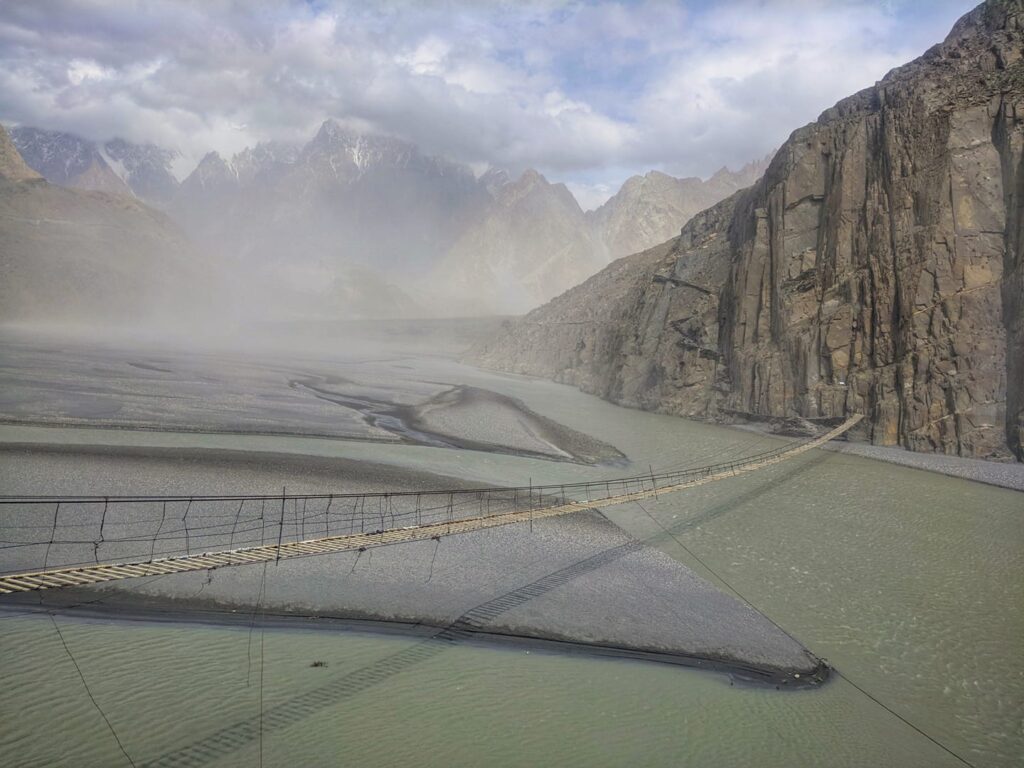

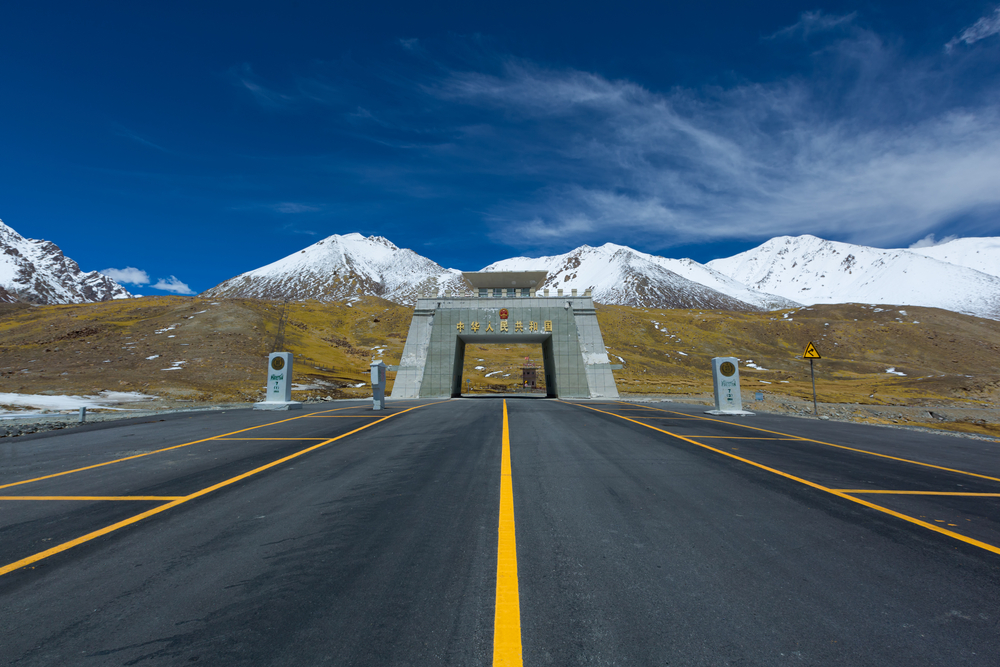
Remote Gems & Treks
| Area | Access | Highlights | Difficulty |
|---|---|---|---|
| Shimshal Valley | 4‑hr jeep from Passu via 5,000 m gorge road | Valley of Mountaineers, Shimshal Pass yak pastures, Minglik Sar | Strenuous |
| Chapursan Valley | 1.5 h jeep NW of Sost | Baba Ghundi shrine, Irshad Pass to Afghan Wakhan, summer yak polo | Moderate |
| Misgar / Kilik‑Mintaka | Permit checkpoint 35 km N of Sost | Silk‑Road watchtowers, Dilkush Lakes beneath 6,000 m spires | Moderate |
| Baskochi Meadows | 90‑min hike above Attabad tunnel‑3 | Wildflowers and sunrise panorama of Passu Cones & Shispare | Easy |
| Rakaposhi Base Camp | Trail from Minapin | 3‑day trek to Taghafari Meadows under a 7,788 m ice wall | Moderate |
| Rush Lake | 3‑day out‑and‑back from Hopar | One of the world’s highest alpine lakes (4,694 m) with 360° summit views | Challenging |
Culture & People
Hunza’s near‑universal literacy reflects a decades‑long emphasis on education—women and men alike. Burusho folklore claims descent from soldiers of Alexander the Great; linguists instead trace Burushaski to distant Central‑Asian origins. Festivals such as Ginani mark the wheat harvest with sword dances and apricot‑kernel soup, while day‑to‑day cuisine features chap‑shuro meat pies and nutty diram‑phitti bread.
Budget Snapshot (2025)
| Style | Daily USD | Inclusions |
|---|---|---|
| Backpacker | $30 – $50 | Homestay dorm, public vans, street snacks |
| Comfort | $120 – $200 | Boutique lodge, private jeep charter, café meals |
| Luxury | $200 – $350 | Lakeside suite, private 4×4, guided treks & fine dining |
Final Word
From Rakaposhi’s gleaming wall to Rush Lake’s mirror‑still waters, from yak herders on Shimshal Pass to the artisans of Ganish, Hunza rewards every traveller who lingers beyond the highway viewpoints. Blend the headline sights with forays into valleys like Chapursan, Misgar or Baskochi and you’ll uncover a living classroom of culture, geology and high‑mountain ecology—one that sets the standard for sustainable adventure travel in the Himalaya‑Karakoram chain.
Discovering Pakistan
For travellers who want to move beyond guidebook highlights, Discovering Pakistan arranges fully private Hunza Valley tours—pairing expert local guides with custom 4×4 transport, hand‑picked boutique lodges and responsible homestay nights in remote valleys. Book with us for a deeper, slower encounter with Hunza’s hidden lakes, high pastures and timeless mountain communities.
Guided Private Hunza Valley Tours 2025
This tour begins in Islamabad, Travel Hunza by road via KKH. You spend several days exploring Hunza Valley and Skardu. Also witness the historically prominent city of Peshawar in this tour.
This tour begins in Islamabad, Travel Hunza by road via KKH. You spend several days exploring Hunza Valley’s landscapes and heritage. Continue the journey back to Islamabad via KKH or Naran-Babusar scenic route.
Starting in Islamabad, this 10-day tour includes a flight to Skardu, then a road journey to Hunza, exploring both regions in detail. After flying back to Islamabad, the trip concludes with sightseeing in Lahore. The tour ends in Lahore.
This tour begins in Islamabad, flying to Gilgit to reach Hunza by road. You spend several days exploring Hunza Valley’s landscapes and heritage. After returning to Islamabad by air, the tour ends with 1–2 days in Lahore. The trip finishes in Lahore.
This 14-day tour starts in Islamabad with a flight to Skardu. You explore Skardu, then travel to Hunza and Fairy Meadows. After returning to Islamabad by air, you visit Khewra Salt Mines on the way to Lahore, where the tour ends.
